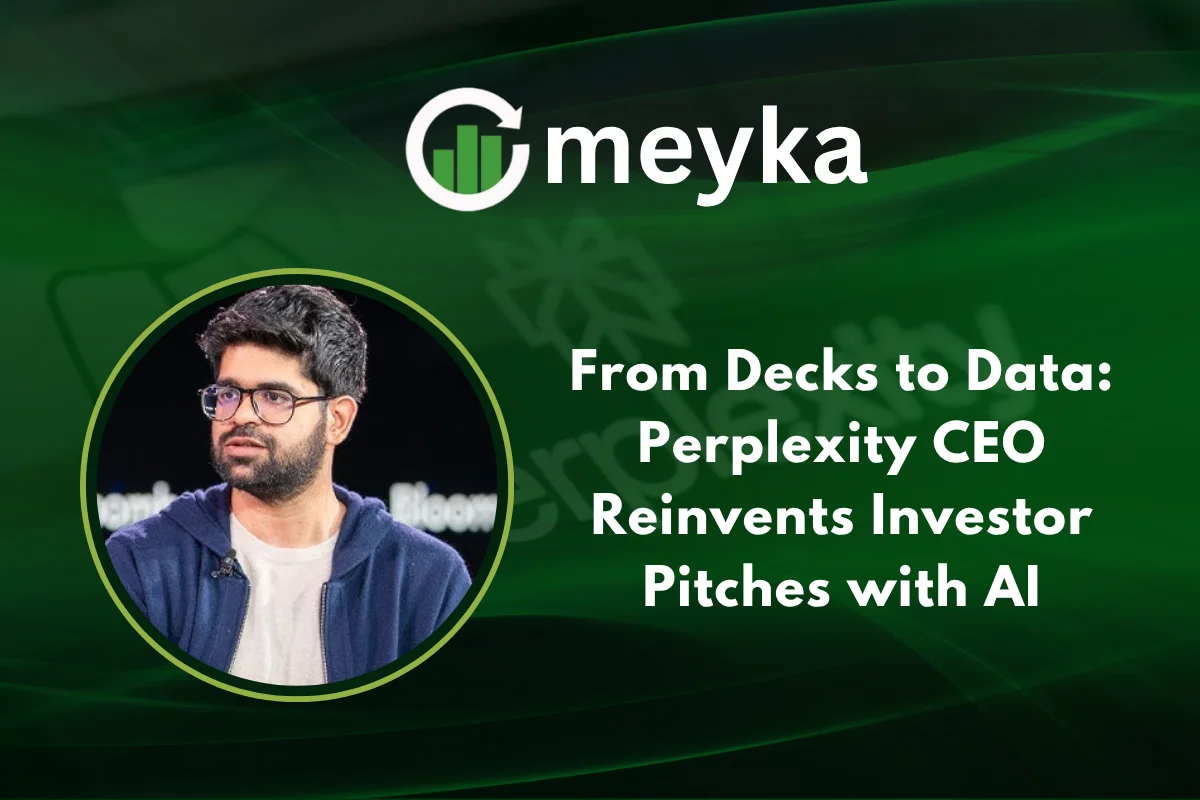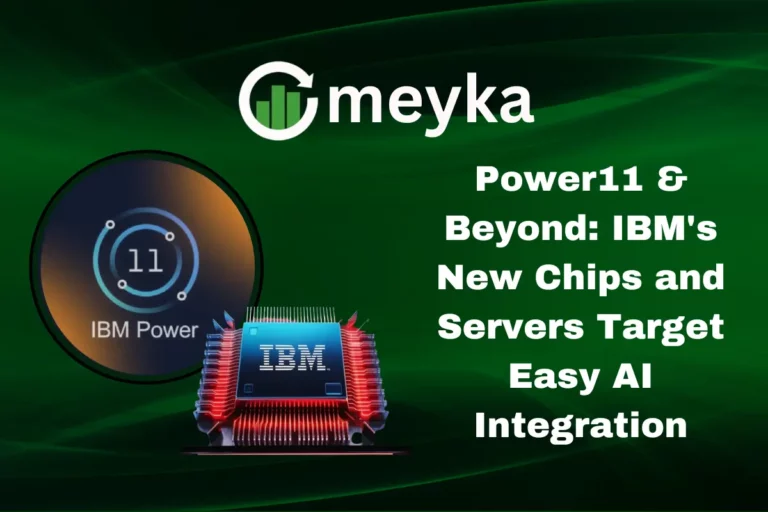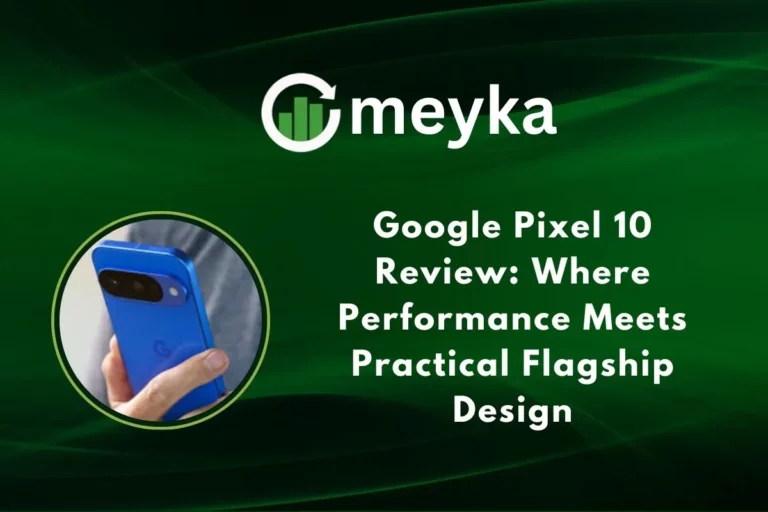From Decks to Data: Perplexity CEO Reinvents Investor Pitches with AI
In the fast-paced world of AI startups and disruptive technology, one bold move has captured attention: the CEO of Perplexity is ditching the traditional pitch deck in favor of letting AI do the talking. This unconventional strategy marks a shift in how companies might craft their narratives in the stock market and investor world, with fewer visual slides, more dynamic, data-driven dialogue powered by generative models and real-time responses.
Why Perplexity’s Shift Matters
For decades, entrepreneurs have leaned on polished slide decks to persuade venture capitalists: problem, solution, market size, business model, team, financials, and projections. But at Perplexity, CEO Aravind Srinivas has turned the script upside down. Rather than preparing slide decks, he now writes detailed memos and invites investors to engage via a Q&A session backed by Perplexity’s AI engine.
He explains that after a Zoom presentation, investors often send long follow-up emails. Srinivas will paste the email into Perplexity and ask it to “answer like Aravind.” The AI returns a reply with context, citations, and insights, a response the investor found convincing enough to wire funds the next day.
This pivot isn’t just a gimmick. It signals confidence: confidence in the AI product itself, and in the clarity of the business model. For startups focused on AI stocks or tech investors evaluating new bets, it’s a living case study in how data and automation can replace traditional marketing.
How the New Approach Works
1. Memo First, Decks Never (or Rarely)
Srinivas says the only time he ever built a full pitch deck was during the Series A round. Since then, he has abandoned slides entirely. Instead, potential investors receive a well-written memo outlining the strategy, ambition, unit economics, go-to-market plan, and risk factors.
2. Use AI for Follow-Up Questions
Once the memo is shared, the investor is invited to ask any question, and the assumption is that Perplexity (and its assistant tools) already “knows everything.” During live or asynchronous Q&A, Srinivas sometimes simply forwards responses generated by the AI.
3. Real-Time Transparency & Data
Instead of static slides, investors can query metrics, run comparisons, or request deeper context, all generated on demand. This builds trust: you are not hiding behind visual design, but showing you have a dynamic, data-driven operation.
4. Scaling the Process
Srinivas’ method scales well: as investor interest increases, the AI handles repeated queries, allowing more bandwidth for high-leverage conversations. It’s a modular, on-demand pitch machine.
What It Signals for the AI & Startup Landscape
A Test of Product Credibility
By using his own product in pitch mode, Srinivas demonstrates confidence in Perplexity. It’s a bold act of performing what he preaches, “using the tool to pitch the tool.”
Changing Norms in Fundraising
Other startups are watching. Some companies, like Rippling, have also leaned on memos rather than decks in funding rounds. As AI becomes more integrated into business operations, relying on narrative + interactive tools may become more common than slide decks.
Implications for AI Stocks & Investors
Analysts and investors in AI stocks will look to Perplexity’s approach as a real-world proof: can you build credibility through live models, not static claims? If the model holds up under scrutiny, it reduces friction in due diligence.
Risks & Skepticism
Some will question whether AI responses can be manipulated or whether they hide real weaknesses. The method puts more pressure on internal rigor and data integrity. It also demands that the AI engine be reliable, transparent, and defensible; any hallucinations or fudged metrics would be exposed in investor interactions.
Perplexity’s Trajectory & Market Ambitions
Perplexity AI was founded in 2022 by Srinivas, along with co-founders Denis Yarats, Johnny Ho, and Andy Konwinski. The company’s mission: build an “answer engine” that blends web search, real-time data, and language models with full citation and transparency.
In 2025, Perplexity raised a large funding round, propelling its valuation to $14 billion and bringing investors like Jeff Bezos, Nvidia, and others on board. They also launched Comet, an AI-powered browser, and have discussed embedding it on mobile devices to challenge browser incumbents.
Perplexity is also launching a program to share revenue with publishers, addressing copyright debates that swirl around AI’s use of web content.
All of these moves underscore that the company is not just a novelty; it aims to reposition how we search, interact, and transact in the stock market, stock research, and digital infrastructure.
How Founders & Investors Should Think About It
- If we are building an AI product, using that same product in investor outreach can convert skeptics faster than slick decks.
- To survive this approach, your internal data, metrics, and infrastructure must be airtight.
- Investors must sharpen their skills: instead of judging slides, they must test the engine live, probe corner cases, and stress-test consistency.
- As more AI stocks enter the market, interface design and real-time engagement will become differentiators in fundraising and narrative.
Conclusion
Perplexity’s CEO is rewriting the startup playbook by turning decks into data, trusting AI to fuel investor conversations rather than slides. It’s a calculated gamble, and for now, it’s paying off. In the evolving world of stock research, AI stocks, and tech disruption, the power lies not just in what you present but in how you let the machine speak.
FAQs
A CEO might skip slides to highlight that the AI product is central and can dynamically answer any investor curiosity for a more authentic dialogue than static decks.
It works best in tech and AI contexts where dynamic data, models, and product demonstrations are central. For less data-driven sectors, traditional storytelling may remain dominant.
They should probe inconsistencies, test real-time responses under pressure, ask corner-case questions, and demand verifiable metrics, not just polished replies.
Disclaimer:
This content is made for learning only. It is not meant to give financial advice. Always check the facts yourself. Financial decisions need detailed research.






